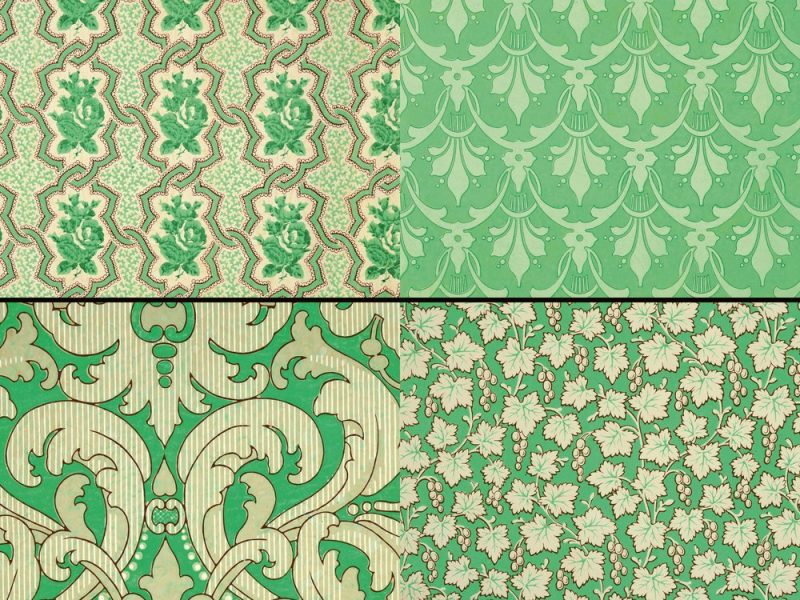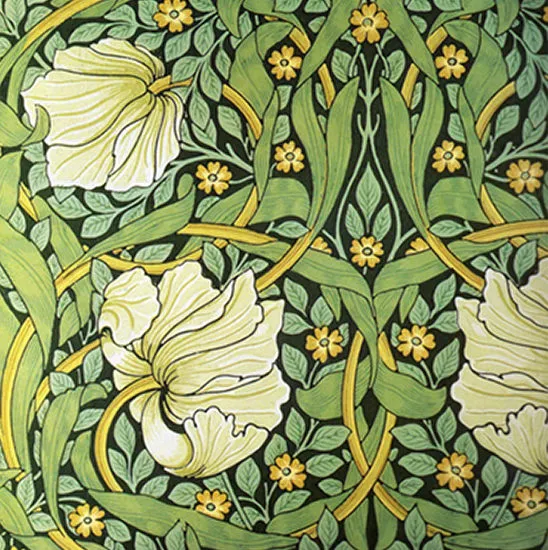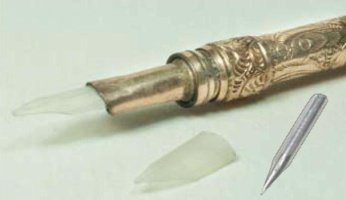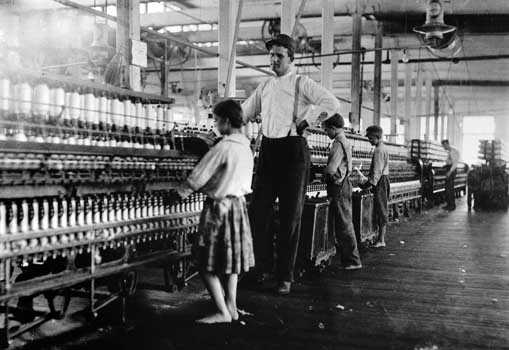This is for those of you who care about fashion, about just what the ladies’ dresses looked like, and notice how that is presented on book covers. I am
pretty sure that you find it confusing – one book will have a dress that’s obviously very corseted, with huge ruffled skirts, and the next will have a
dress that has a high waist, and fairly slim line flowing skirts – so which is
accurate?
And why is what’s on book covers so diverse?
The Regency era is a bit of a ‘blip’ in women’s clothing history. In the late 1700s, women’s outfits were generally lower waisted, with voluminous skirts and fitted bodices, over a fairly firm corsetting. After about 1825, women’s clothing went back in that direction – lower waists, big skirts, strong corsets and fitted, higher necked bodices, culminating in the extreme shapes of the Victorian fashions of the late 1800s.
In between, the Regency fashion was very different – high waists (empire line), softer corsetting (stays), loose, flowing skirts that mostly fell close around the body, light fabrics, low necklines – a far more comfortable set of styles that those of either side of that era. It was described, by some fashion historians, as, compared to the fashions either side of it, ‘the era of nakedness’, because they regarded the regency fashions as so revealing compared to the early Georgian or Victorian fashions.
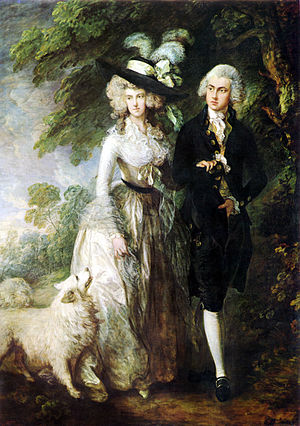
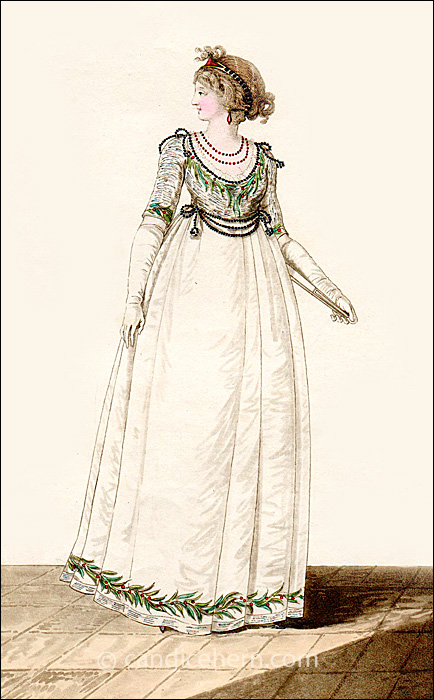
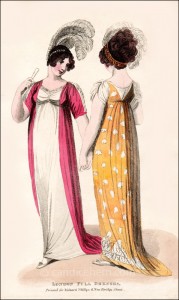
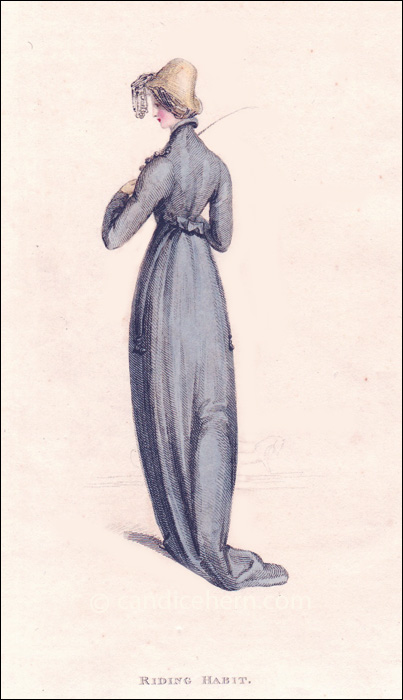
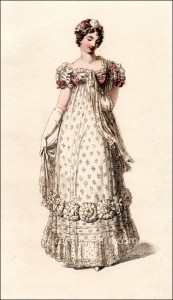
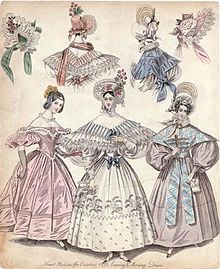
1785 1798 1805 1811 (riding habit) 1816 1833
So – why do so many book covers show what are really Georgian or Victorian dresses?
There are a couple of reasons –
- Reader expectations – people expect historical romance books to feature women with big flowing skirts, spread out around them
- Cover designer’s convenience – its far easier to make a book title stand out in a way that is easily readable, if its against a consistent colour area – usually the wide spread skirts of the dress!
- Ignorance – often the cover designer has no idea about fashions in the era, and isn’t paid enough to want to take the time to do the research.
- Artistic licence – even if its not quite right, it looks pretty….
Reality – there wasn’t some day in 1800 or so when everyone suddenly changed what they wore, nor in 1825 or so. Fashion changes gradually, as the daring introduce new things, and others copy them. And when fashion changes, not everyone follows it – the older ladies, who had spent most of their life already wearing the bigger skirted and lower waisted styles often stuck to those, in defiance of fashion.
Most of the prints from the era that we see are evening wear – but day wear had much more variation – warmer styles with higher necklines for winter, fitted bodices almost like a military jacket for riding habits, etc. And, of course, as is true today, to some extent, your wealth made a difference – the very wealthy could afford many changes of clothes, and to buy new things when the fashion changed – but the poorer you were, the less you could afford – so you likely had to wear clothes a few years out of date – and therefore out of fashion.
So, to some extent, covers reflect the diversity found in reality. For book covers, unless the image shows something centuries inaccurate, just forgive the variance, and appreciate the art!
